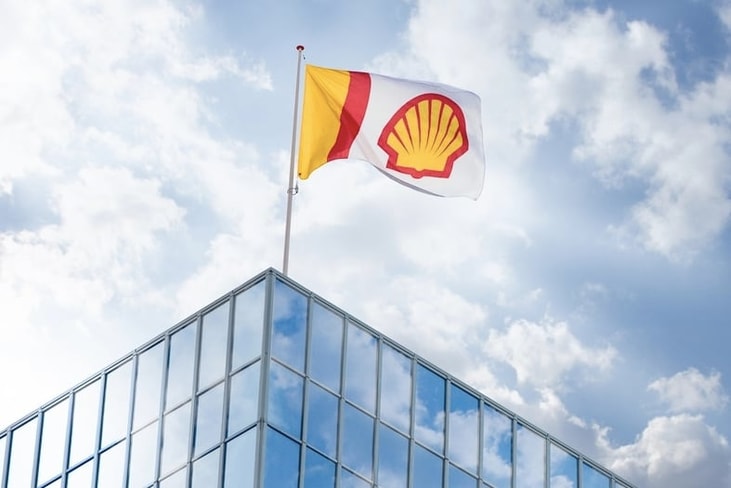Blue hydrogen and CCUS
A growing number of national governments and energy companies, including Shell1, have announced net-zero-emission ambitions. Although renewable electricity is expanding rapidly, without low-carbon hydrogen as a clean-burning, long-term storable, energy-dense fuel, a net-zero goal is difficult to achieve – especially when it comes to decarbonising fertiliser production and hard-to-abate heavy industries such as steel manufacture and power generation.
Hydrogen also has potential as a transport and heating fuel that could repurpose existing gas distribution infrastructure or be introduced into existing natural gas supplies.
Consequently, it plays an important part in many green strategies. The EU’s Hydrogen Strategy2 published in July 2020 describes it as, “…essential to support the EU’s commitment to reach carbon neutrality by 2050 and for the global effort to implement the Paris Agreement while working towards zero pollution.” Momentum is building with a succession of commitments to hydrogen by various companies and governments. For example, in June 2020, Germany announced a €9bn hydrogen strategy3, and the International Energy Agency (IEA) says that, “Now is the time to scale up technologies and bring down costs to allow hydrogen to become widely used.”4 Over the last three years, the number of companies in the international Hydrogen Council, which predicts a ten-fold increase in hydrogen demand by 20505, has jumped from 13 to 81 and includes oil and gas companies, automobile manufacturers, trading companies and banks.
In 2018, global hydrogen production was 70 Mt/y4. Today’s demand is split between being used for upgrading refined hydrocarbon products and as a feedstock for ammonia production for nitrogen fertilisers. Nearly all production comes from fossil fuels: it accounts for 6% of natural gas and 2% of coal consumption, and 830 Mt/y of CO2 emissions6 – more than double the UK’s emissions7. ‘Grey’ hydrogen is a major source of CO2 (carbon dioxide) emissions.
... to continue reading you must be subscribed























